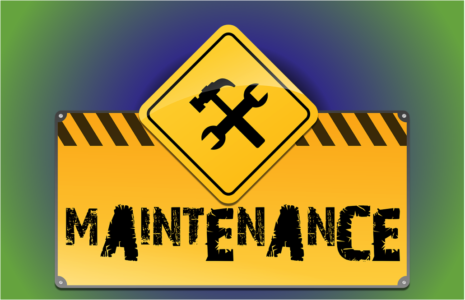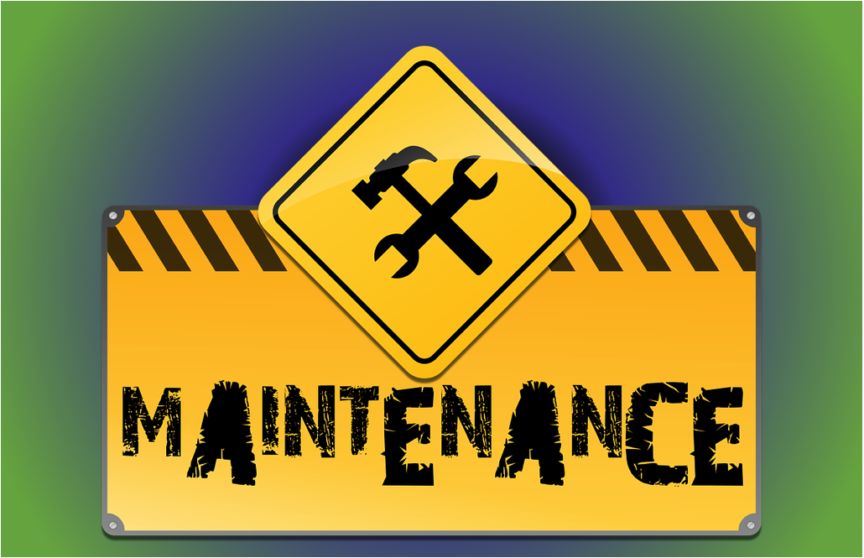 The journey toward best practices in inkjet maintenance has many facets. Some are hardware related, some are process related, and all require vigilance. In the last edition, Operator Responsibilities formed the frame of reference. A well trained operator is central to a maintenance protocol that ensures the machine will perform its best in your environment. Your building, the humidity, ambient temperatures, and the substrates in use all influence maintenance needs, so building the best process possible does influence uptime.
The journey toward best practices in inkjet maintenance has many facets. Some are hardware related, some are process related, and all require vigilance. In the last edition, Operator Responsibilities formed the frame of reference. A well trained operator is central to a maintenance protocol that ensures the machine will perform its best in your environment. Your building, the humidity, ambient temperatures, and the substrates in use all influence maintenance needs, so building the best process possible does influence uptime.
Part of that protocol should address the initial months with the inkjet press and decision points for when to bring in help to resolve problems. Every vendor has their recommendations, but each print shop should make their own decisions. Here is a framework for making decisions that will work best for your organization.
Ramp Up!
If you are installing your first inkjet press coming from an offset/analog environment, your needs may be different from someone transitioning from a digital toner environment. In both cases, however, you will want to look at the operator and production support training plan provided by your vendor. Onsite operator training typically includes:
- Startup and shutdown procedures.
- Maintenance procedures and schedules
- Paper loading and unloading
- Paper conditioning
- Problem resolution processes
- How to access problem reporting processes
- Use of online manuals
- Adjustment processes for dryers
- Working with paper profiles
- Working with color profiles
The truth about training is that it takes time to become second nature. The first three months are the hardest because the operator is trying to learn new processes, make them efficient, and not confuse them with protocols used on other equipment in the shop. The best way to gain efficiency is to practice, so this is a great time to run jobs on the press, even when they are not for sale.
Some shops worry about the cost of ink and paper during ramp up. Running jobs without a buyer for those jobs means it is a cost to the organization. But, in the long run, it will make the team more efficient and give them confidence in their ability to produce even the most complex jobs. There is nothing like time on the machine to build expertise.
In many cases, once the installation is complete, there is a lag before the first billable jobs arrive in the print queue. Use this time to take the most complex jobs, the most saturated jobs, the least saturated jobs, and the most common jobs and run them through the press on the paper you would expect to use in production. If you are trying new substrates, run a variety of jobs on them to understand how they accept ink, how they dry, and how they finish. Part of this ramp-up period should include taking the work all the way through to finishing if possible, to ensure that the team understand how inkjet print behaves on the finishing equipment. That includes bindery equipment, cutters, folders, inserters, perforators, and even enhancement devices if they are part of the product plan.
If you spend the time and consumables during ramp up, you will reap the rewards of efficiency and fearlessness as new types of jobs come into the shop. If you are fortunate, something will go wrong during this process. That may seem like an odd statement, but if something does go wrong, this is the time to understand how to put the training into practice so that problems are resolved as quickly as possible.
Remember to discuss problem resolution protocols with your vendor and read your maintenance contract carefully. Depending on the type of maintenance contract you have – and they are not all the same – you may have costs associated with bringing a technician in to resolve a problem, especially if it is one that the vendor determines is the result of poorly performed maintenance or lack of maintenance. Especially if you are on a self-maintenance contract, where you have sent your team to be trained by the vendor and have accepted responsibility for most problem solving, be sure to review your costs if you require an onsite technician. Review the costs associated with different types of technicians your vendor may send and understand your responsibilities for paying travel, lodging and other expenses if a technician will be coming from outside of your local area.
The list still has entries, so come back next time for a new installment on the Inkjet Maintenance journey. Remember, there are a million questions in inkjet city! Have questions? Ping me on LinkedIn or drop a note to pcm@mcgrewgroup.com.

